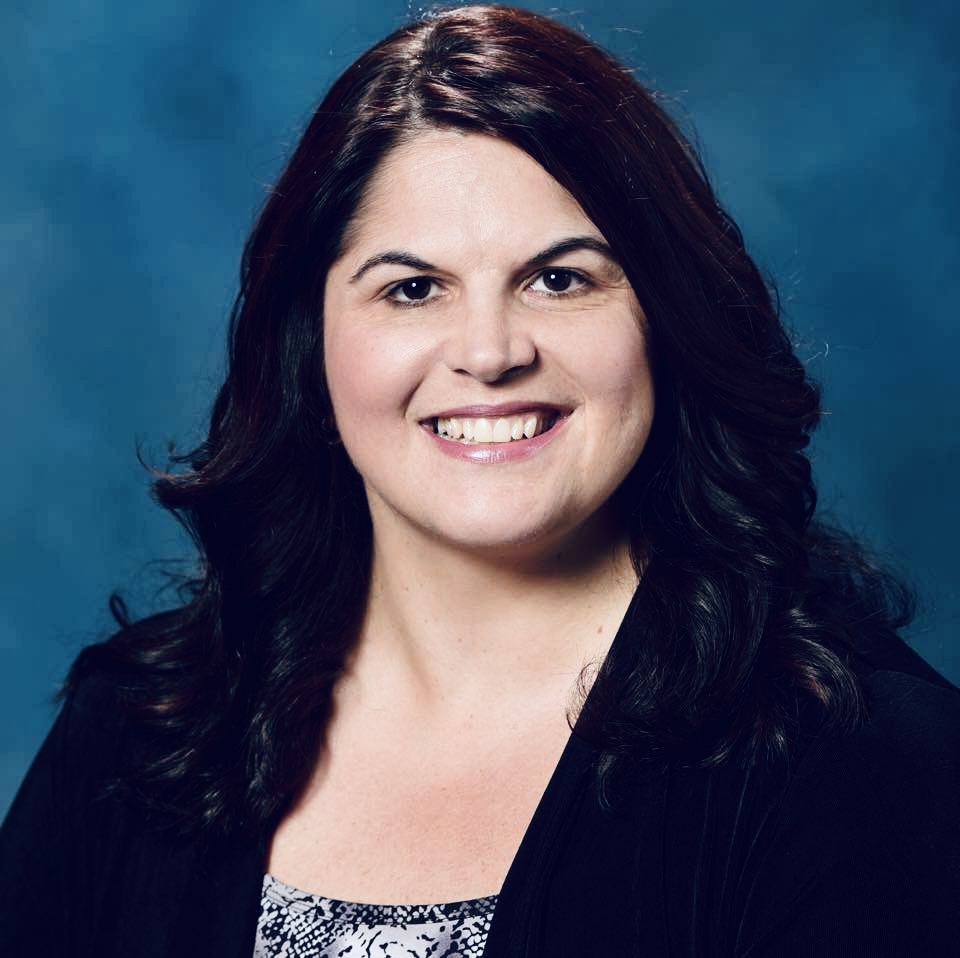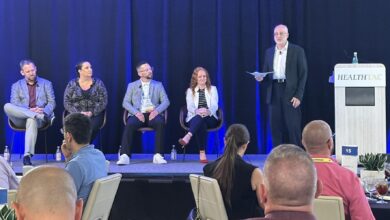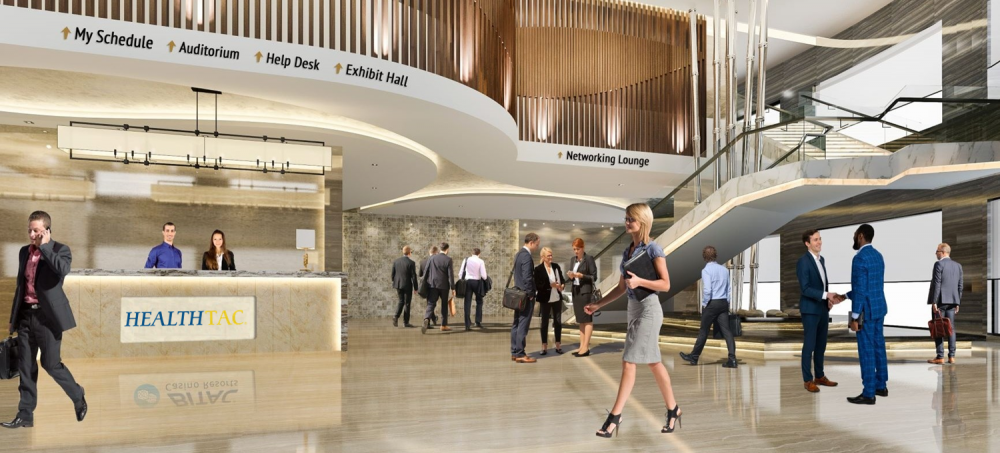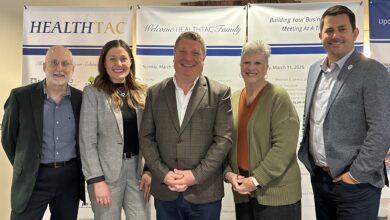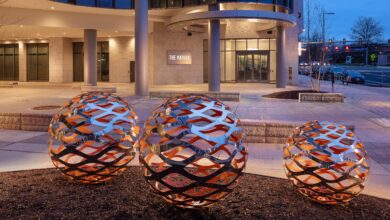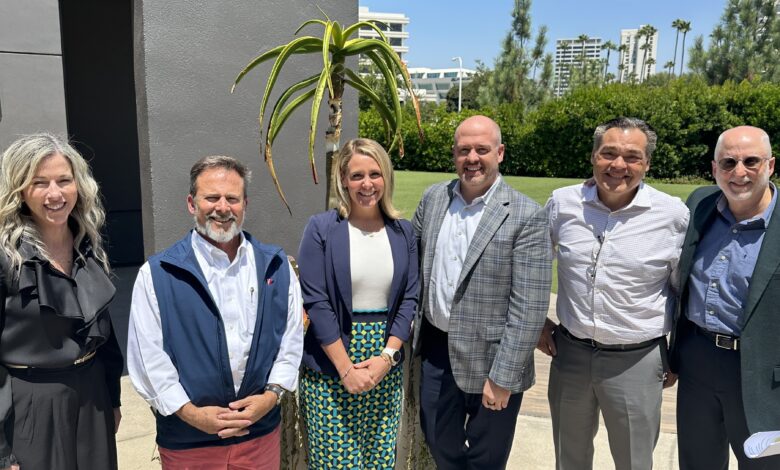
HEALTHTAC West 2025 Panel: Company Culture and Why It Matters, Part 1
By Jim Nelson | October 23, 2025
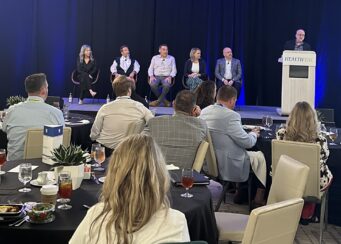
NEWPORT BEACH, CA — “Customers will never love a company until the employees love it first,” said bestselling author and business consultant Simon Sinek. When an employee loves where they work, byproducts include enhanced productivity and more team members celebrating their 25th anniversary at that company.
At this year’s annual west coast HEALTHTAC/Senior Living News executive event held in this SoCal coastal city, we engaged in several panel discussions, with one of them exploring how company culture is impacting their staffing issues.
The panelists were Jake Quigley, the senior vice president of operations for Benchmark Senior Living; Dawn Blankenship, the regional director of operations for Sunshine Retirement Living; Operations Specialist Becky Janeczek from Northbridge Advisory Services; Rodney Denman, vice president of assisted living at HallKeen Assisted Living Communities; and Brookdale Senior Living’s James Hoevertsz, the west division’s senior division director of dining services.
As the moderator, I asked everyone if, over the past year, their company’s issues with staff retention have gotten better or worse. Each of them said it was better.
And what about their ability to fill open positions and reduce the need for agency? Two of them said things were stable or stagnant, while the other three believe that things are better.
Okay, so by and large everything is looking better, but we also know that it’s not perfect yet, so companies are getting more and more creative with ways to entice new potential employees and to keep their current staff members. So, I next asked where the panelists see company culture headed?
RODNEY DENMAN: Coming out of the pandemic, certainly hiring had its challenges, from either light available hiring pools and the use of incentives and hiring bonuses and recruiters, and instead as we started to break away from those and get back to an interview culture, if you will, that instead of competing on benefits and pay, which obviously have to be competitive anyway, but instead having the introduction of lead candidates to the entire team and to see whether or not there’s synergy to create the kind of energy that is symbiotic with the lead candidate and also with the residents of the community — lest we forget the residents or why we’re all there. So that’s where we have seen success — and that’s just one of the aspects that I wanted to focus on — is really the interview experience, so that it’s really the entire team, the entire community, that the candidate is able to get the best possible experience with, much like when we’re welcoming prospective residents to our communities.
DAWN BLANKENSHIP: When we were going through the pandemic, we were just getting bodies in the building to care for our residents, and we bypassed the onboarding and training process out of necessity, desperation. So, we’ve refocused our energy back into onboarding and training and giving that real red carpet experience and getting the buy-in of the staff.
BECKY JANECZEK: I think there’s still this lingering mentality coming out of the pandemic that we can’t let people go, so shifting people’s mindset to accountability and making sure that the right team members are being recognized and elevated, and that bad behavior isn’t being sustained. I think that’s so important to making sure that you have a strong culture, because if people see that things are going to be just swept under the rug, then perhaps they’ll start behaving that way. I think that accountability has been extremely important.
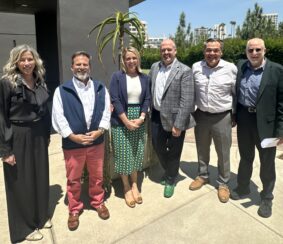
JAMES HOEVERTSZ: We make it a point to make it a people culture, with a lot of boundaries. Because at some point, I think we created an illusion that anybody can come in and disregard competencies, everybody just feels like there was an open door. I think we’re focusing a little bit more on a “You’re going to take care of us, we’re going to take care of you” kind of relationship, rather than, “The door is open, everybody come in.” Because we found that after the pandemic, there was a lot of people that were willing to work and a lot that were not willing to work, but a lot of people came with a little bit less competencies to do the actual jobs required. And now, after a couple of years, we’re looking at why isn’t so-and-so performing at the level where we’re expecting? But we made that move at one point or another, so we’re trying to be a little bit more focused on the people culture, but at the same time being clear about the return that you will get from us.
Benchmark Senior Living has won over 300 local, regional, and national awards, including being named one of the top places to work for 16 straight years in The Boston Globe’s annual employee-based survey. How does Benchmark help foster a great culture, I wondered.
JAKE QUIGLEY: I work for national operators. I work for a lot of different groups out there. If you look at our organization, we have 67 communities across seven organizations. Every single discipline has a regional partner as well. So, our philosophy is really being a high-touch operator. A lot of folks who work with us understand that. We’ve gone through a little bit of pains where we expect all of our regional teams to be in communities three days a week. I don’t like to swoop in, tell them everything that’s wrong, leave them a list, and then the regional leaves. It’s really about how do we actually go in, partner, help actually fix whatever is going on. And I think that’s really helped with our culture as well, trying to eliminate this “home office in their ivory tower” or “the regionals don’t understand what we’re doing anymore,” so we built a zero tolerance: If you’re going to go into a community and point something out, what’s the plan to help them fix it? If they are behind on something because they had a department head opening or something else, there’s probably a reason there is a gap. But most of our communities and our executive directors and our department heads know where the gaps are, they just need help and time to fix it. I think we’ve been really focused on our culture, because you can really drive a lot of folks out by overwhelming them and burdening them with so much extra stuff. So, we really try to align our resources to be very effective.
I then posed essentially the same question to the other panelists: What are they doing at their companies to help company culture?
BJ: One thing that Northbridge does is have retreats every quarter. We focused on a specific book this year, called “Unreasonable Hospitality,” and it’s really been driving a lot of the strategy at Northbridge; it’s trickled down really nicely to the community level, and we have a team that’s dedicated to championing that rollout. We’ll receive guidance about different tactics to work with our community leaders each month, so it really does help bridge that ivory tower, and get rid of that mentality, and have people working together towards really exciting goals to make sure that our resident and our employee experiences are outstanding.
JH: Brookdale is a really huge organization. With 360 communities that I oversee in the West division, we try to break that into groups so that we can get everyone on the same page, as far as the culture, as far as the future of every associate that we have. There was a lot of preaching, but now we’re opening a door to really listen to what they’re saying and trying to incorporate that into our culture. Because sometimes we think that this is what we should do, but we’re not listening to our associates, so we’re doing a little bit more listening now; that’s one of the adjustments that we made as an organization.
RD: I would add that in our orientation trainings, as we welcome new members to our senior leadership team or to our regional leadership team, our executive director level, it kind of boils down to, if anyone remembers the Patrick Swayze movie “Roadhouse”: Be nice. As incredibly, embarrassingly simple as it seems it’s actually a very straightforward principle. There’s a lot to being nice, which is — and this is also an excerpt of a quote by Dale Carnegie, which is just taking an interest in others. And similar to what Becky was saying that we want our regional and senior leaders to know the associates throughout, not just the departmental leadership team, but our aides and nurses and dishwashers and maintenance and housekeeping. So, there’s a way to establish not being the corporate or ivory tower, so when a regional comes into the building, everyone’s glad to see them. So, taking an interest in people changes the climate when our staff recognize, as we lead by example, this is how we want you to feel about our residents. Our residents have amazing life stories. Take a minute to get to know them. That’s the kind of climate that we like to have in our communities. Leadership needs to set that tone, and it changes things.
DB: We started doing trainings off site, so we fly our directors at different times of the year to actual training off site to get that buy-in, and it seems to have worked. Also, we have a very robust mentor program. We have many executive directors that started out as caregivers, business office managers, chefs we really like to promote from within, so I think that really helps the culture too, and gives them something to work towards.
In part 2 of this article, the panelists will get into talent development; leadership and recognition; culture integration during acquisitions; and operationalizing culture and measuring success.

